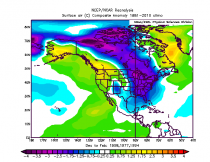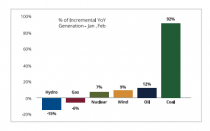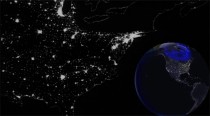By Joseph D’Aleo, CCM
Last winter was a brutally cold one for the nation’s midsection. For Chicago, the period from December through March was the coldest in the entire record back to 1872. It was the third snowiest winter behind only the 1978/79 and 1977/78 winters. In Detroit, it ended up the snowiest ever on record back to 1880. It now has been cooling in the US (including all 9 climate zones) for 20 winters (2.26F)!
Weatherbell called for this harsh winter even as NWS and many forecasters called for a warm winter.
It has been a cool spring and summer in the central. Now as we approach the peak of summer, a very strong trough for summer and cold air mass for July will be driving into the central and east.
The warm pool of water in the North Pacific (the same driver for last winter) and the warm tropical Pacific waters moving west to the central Pacific is a classic scenario for a very cold winter in the central and eastern US. The warm water off the west coast usually leads to a cooler, wetter summer in the central as we forecast.
The combination of that warm pool, an El Nino Modoki (what we call that central Pacific biased El Nino), and the other natural climate drivers we look at, suggest this next winter will be like last one but with the cold biased further east. This has scary potential consequences because of the regulations imposed by the EPA this year.
Last winter, residents of many parts of the north paid as much for electricity as in all of 2012. Some power plants came within two days of running out of oil in New England. During the winter of 2014, coal was the only fuel with the ability to meet demand increases for electricity, providing 92 percent of incremental electricity in January/February, 2014 versus the same months in 2013.
With the projected closure of 60 gigawatts (GW) of coal plant capacity, virtually the entire U.S. is rapidly reaching the brink of significantly higher prices for electricity and being unable to meet either the summer or winter peak demand for power. Unless immediate steps are taken to halt coal plant closures. (Institute for Energy Research Study)
In a major cold outbreak, the grid may fail and large areas may be in the dark during extreme cold. The 1989 blackout from a failure of the Canadian grid may be a preview of our situation for which politicians will likely blame power companies instead of their own bad policy/regulations.

This is a student in India studying in a blackout. Will this be the US next winters and in our future thanks to the EPA?
Long blackouts may mean your pipes freeze. If they burst, it can cost thousands to repair. Even without blackouts, energy bills will continue to rise higher, perhaps much higher than 2013/14. High energy costs increase the cost of transportation impacting commuters and the cost of all goods and services (see Gallup), putting an enormous strain on those on fixed incomes, the poor and middle class. High costs of fuel and food will affect school budgets, restaurants, businesses and retailers, which may mean more part time labor and staff cutbacks, putting more families in financial distress. Yes, one little pen and an EPA run amuck can have far reaching effects.
The irony it is a real threat in the forseeable future, not one envisioned by failing climate models, 100 years away.
See some of the records set this week here.
Join Joe Bastardi, Ryan Maue, Tom Downs and I at weatherbell.com to follow the evolution of another winter to remember.
See the long compiled list of scientists who believe a cooling from minor to major here.





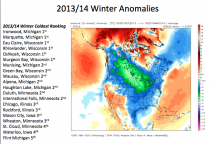
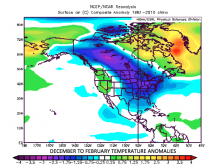
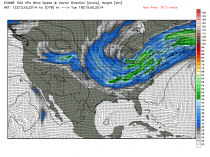
_thumb.png)
_thumb.png)
